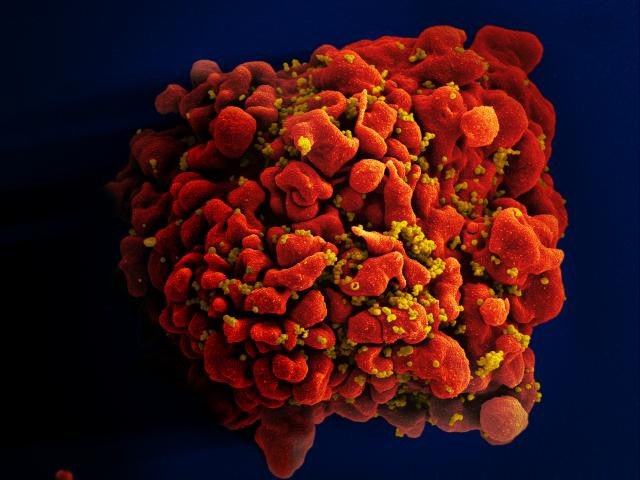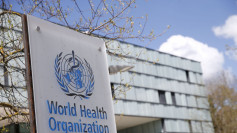There have been continuous studies for HIV/AIDS cure to humans, but scientists are also looking for ways on how to improve treatment plans among patients infected with the virus. Now, a recent study shed light regarding an accessory protein produced by HIV-1, which could further help with that.
According to EconoTimes, HIV-1 has been considered to be the most widespread and more disease-causing strain of the virus. Research suggests it could spread aggressively - despite the immune system's effort to fight it - due to its accessory proteins Vpu, Vpr, Vif, and Nef.
Simon Langer, Sanford Burnham Prebys Medical Discovery Institute postdoctoral fellow and co-author of the study, explained how the accessory protein Vpu suppressed the immune system. When the cell has been infected with HIV, the healthy ones would be alerted immediately to fight the viral pathogens and prevent the spread of the infection. But, Vpu has a major role in averting this process.
Kristina Hopfensperger, another co-author of the study from Ulm University Medical Center, explained Vpu is using techniques to suppress the immune system to fight against infection caused by HIV. The study, however, also suggested that understanding the particular accessory protein could inhibit the activation of other proteins known as the transcription factors.
Researchers wanted to find out what mechanism the Vpu uses to achieve it. But, further study is needed to understand the accessory protein, as well as how it suppresses the immune system. The research team believed that by analyzing it, they could improve treatment plans among patients infected by HIV.
HIV (human immunodeficiency virus) attacks the cells in the immune system, while AIDS (acquired immune deficiency syndrome) is a set of symptoms caused by the virus. Up until now, there's still no available HIV/AIDS cure, but when patients were provided with proper support and treatment, they could enjoy a healthy and long life even if infected with the virus.
In the United States, the government record noted more than 1.1 million people are living with HIV/AIDS at the end of 2015, which is the most recent available information. Of those infected, about 15 percent - 1 in 7 - weren't aware they were infected with the virus.
In 2016, there were 15,807 deaths among those diagnosed HIV in the US and six dependent areas - American Samoa, Guam, the Northern Mariana Islands, Puerto Rico, the Republic of Palau, and the US Virgin Islands, as per CDC. Meanwhile, during his 2019 State of the Union address, U.S. President Donald Trump pledge to end HIV by the year 2030.






